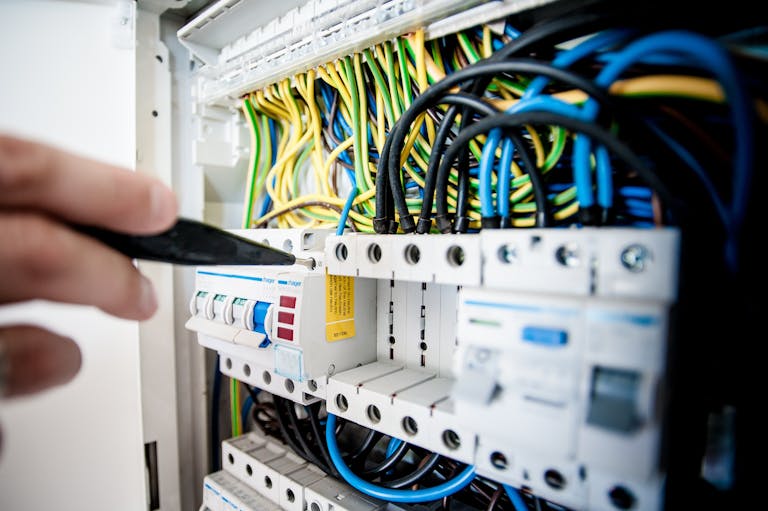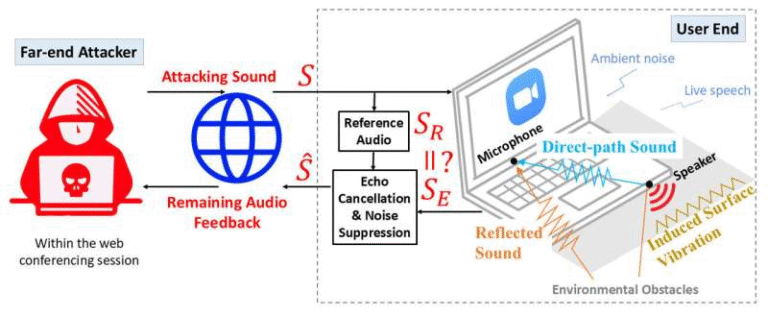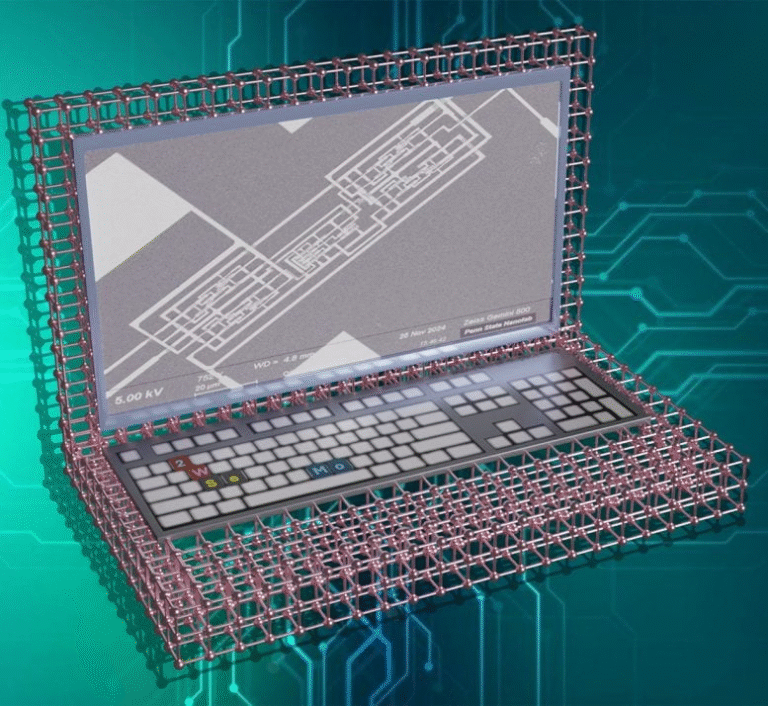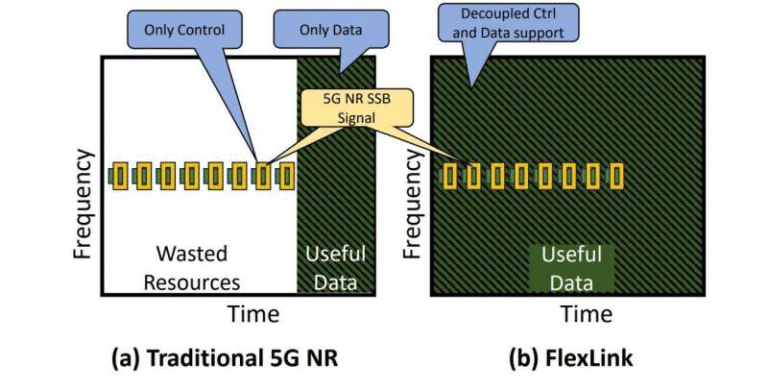MIT’s New Injectable Antenna Could Change How Deep-Tissue Medical Implants Are Powered

Researchers at MIT have developed a remarkably small injectable antenna, roughly the size of a fine grain of sand, that can wirelessly power deep-tissue medical implants without the need for bulky batteries or complex surgical procedures. This new device is engineered to be injected through a needle, making the entire implantation process significantly less invasive than traditional surgical approaches. Because of its magnetoelectric design, the antenna operates efficiently at low frequencies, avoiding the harmful tissue heating associated with high-frequency wireless systems.
This innovation comes from the MIT Media Lab’s Nano-Cybernetic Biotrek research group, led by Associate Professor Deblina Sarkar. The work is detailed in the October 2025 issue of the IEEE journal Transactions on Antennas and Propagation. The team behind the breakthrough includes Yubin Cai (lead author), Baju Joy, Benoît X. E. Desbiolles, Viktor Schell, Shubham Yadav, and David C. Bono.
A Clear Look at the Technology
At the heart of this advance is a 200-micrometer magnetoelectric antenna, which is more than small enough to fit through a standard medical needle. Unlike existing wireless power solutions for implants—which often rely on centimeter-scale coils or surgically placed batteries—this antenna works using a novel combination of magnetostrictive and piezoelectric materials.
Here’s how it works, in simple terms:
- A low-frequency alternating magnetic field (about 109 kHz) is applied from outside the body.
- The magnetostrictive layer of the antenna changes shape in response to this field.
- This mechanical deformation creates strain in the piezoelectric layer.
- That strain generates electrical charge, which can be harvested to power deep-tissue micro-devices.
The clever pairing of these two material types enables the antenna to operate efficiently at low frequencies, which is extremely important. High-frequency systems—like those used in many wireless implants today—can cause tissue heating when made very small. This heating becomes a real safety limit, preventing further miniaturization. By switching to low-frequency operation, the MIT team avoids these thermal issues entirely.
In fact, the research shows that this antenna delivers four to five orders of magnitude more power than similarly sized metal coil antennas working in the gigahertz range. That difference is massive and is one of the reasons why this device is so promising.
Why It Matters
Medical implants today often rely on large batteries that must be implanted under the skin. These batteries eventually need replacement, requiring additional surgeries. Other systems use inductive coils, but these must be relatively large to function well, and again, they demand invasive surgery.
The MIT antenna solves both problems:
- It needs no battery.
- It is sub-millimeter in size.
- It can be injected instead of surgically implanted.
- It avoids heat problems common in high-frequency wireless power systems.
- It can deliver more usable power than other solutions at this scale.
For patients, this could mean safer, more comfortable, and more reliable long-term implants.
What This Antenna Can Power
One exciting aspect of the invention is its broad applicability. A tiny and efficient antenna that can live deep in the body opens the door to a range of next-generation medical devices. Some possibilities include:
Pacemakers and Cardiac Devices
Traditional pacemakers and defibrillators use bulky hardware. Miniaturizing these systems could allow for easier placement, less discomfort, and reduced chance of complications.
Neuromodulation Devices
People living with conditions like Parkinson’s disease or epilepsy often rely on implanted stimulators. A battery-free, injectable alternative could make these treatments more accessible and far less invasive.
Glucose Sensors
Existing implantable glucose sensors still rely on either tethered systems or external power in some form. The MIT antenna could enable fully internal, wirelessly powered sensing, making long-term glucose monitoring seamless.
Multi-Implant Systems
Because these antennas are so small and easy to manufacture, it’s possible to imagine not just one implant, but networks of implants working together throughout the body. This could enable advanced monitoring, targeted drug delivery, or distributed neuromodulation.
External Power Delivery Made Simple
To power the implanted antenna, the user doesn’t need a bulky machine. The external magnetic field generator is comparable to the size of a phone charger. It could be a stick-on skin patch, a wearable, or a small object placed in a pocket. As long as it’s near the implant site, it can generate the magnetic field needed to deliver power.
The researchers note that the antenna’s extremely small size and its compatibility with existing microchip fabrication processes allow additional electronics—like electrodes, sensors, or micro-controllers—to be incorporated into the same platform. These elements can often be made even smaller than the antenna itself, meaning the entire implant package can remain ultra-compact.
Scalability and Real-World Use
The team emphasizes that this technology can be scaled up for mass production. Because it relies on well-established semiconductor manufacturing techniques, it doesn’t require exotic equipment or materials. That opens the door for:
- Large-scale medical use
- Affordable production
- Customizable implant configurations
- Multiple antennas for larger treatment areas
This is especially appealing for treatment approaches that benefit from broader coverage, such as spinal cord stimulation or multi-site neural recording.
Additional Context: How Magnetoelectric Systems Compare
To help make sense of the significance of this invention, it’s useful to understand how magnetoelectric systems compare to other implant powering techniques.
Inductive Coupling
This is used in many current wireless implants, such as cochlear implants. It works well at moderate sizes, but as coils get smaller, efficiency drops dramatically. Plus, high frequencies required for tiny coils produce heat.
Ultrasound Power Transfer
Some researchers explore ultrasound-powered implants because sound waves penetrate tissue well. But ultrasound requires precise alignment and can cause safety concerns if misused.
Battery-Based Systems
While simple and reliable, batteries add size and require eventual replacement. Though energy-dense batteries are improving, they still cannot compete with an injectable device that works indefinitely without internal power storage.
The magnetoelectric approach combines:
- Low-frequency safety
- High power density
- Tiny physical scale
- Simple external powering
This is why it is considered a major step forward in the miniaturization of deep-tissue implants.
What’s Next?
The MIT team views this work as the foundation for an entire generation of minimally invasive, wirelessly powered biomedical systems. With the ability to integrate sensors, electrodes, and circuits directly with the antenna, future devices could be multifunctional and adaptable.
The researchers envision:
- Smart implants for long-term disease monitoring
- Ultra-small stimulators for targeted brain regions
- Micro-devices for precision diagnostics
- Multi-node implant networks communicating inside the body
While more research is needed to move from laboratory demonstrations to human applications, the early results are promising and point toward a future where deep-tissue implants are simple, safe, and nearly effortless to power.





